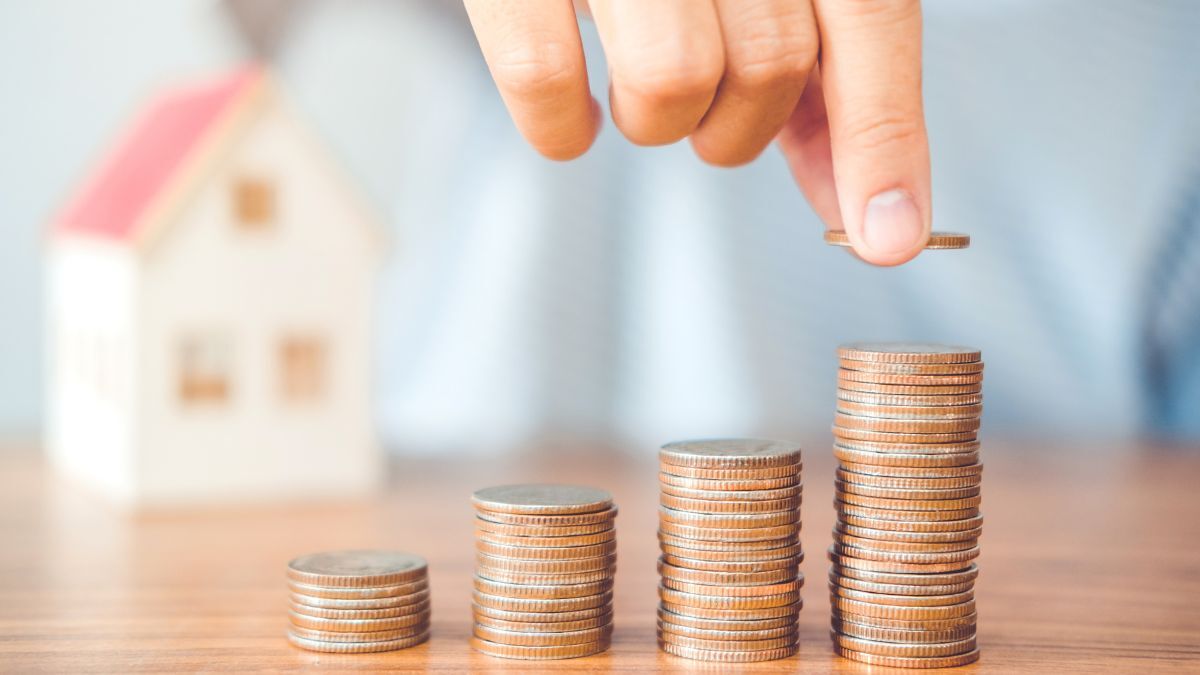
Everything you need to know about broken period interest
February 3, 2023 . Home Buyer's Guide . 10 min readBroken period interest is also known as part period interest. It will be easier to understand what is broken period interest with the help of an example.
Just remember that if the loan disbursal date is more than 30 days before your first EMI, you need to pay the broken period interest for all the days exceeding 30 days. The example below will make it clear.
After your home loan application has been approved and the bank has decided to give you the loan, the date for your first EMI will be finalised. Banks and NBFC’s have a fixed date on which the EMI is debited for all customers. Suppose, your first EMI falls on the 5th of every month and your first EMI will be on June 5. But the bank disburses the loan amount to your bank account on April 25.
The bank doesn’t want to let go of even a single day of its money being with you. So, it will charge an interest for the extra 11 days the money is with you before your first EMI begins to get calculated from May 5 onward.
This additional interest for 11 days that the bank charges is called the “broken period interest”. It is not added to your overall payment to the bank. This is an additional money that you pay to your creditor.
Note: when calculating, every month is considered to have 30 days whether they have 31, 30, 29, or 28 days.
Is it legitimate to pay the broken period interest?
Many believe that the it is an additional amount of money that banks and creditors make off their customers. It depends on how you look at it. If the home loan amount comes to your bank account earlier, it means it is available to you earlier. It is not like the money comes to your account and it is not visible in your bank account statement. You can use the money the moment it comes to your account.
In terms of EMIs, you may wonder why you need to pay more than the number of EMIs you have agreed to pay in the form of broken period interest rate.
Ideally, the money should come to your bank account according to the number of EMIs and the date of the first EMI. But with most of the banks and creditors, once your home loan has been approved, the process of transferring the loan amount is initiated as early as possible, and after that, how many days it takes for the money to come to your account depends on many random events. It may come to your bank account just one day before your EMI begins, or, as is the case in the above example, 10-11 days, or even more. Therefore, how much broken interest rate you pay depends on when the money comes to your bank account before your first EMI begins.
Is broken period interest an additional charge on your home loan?
In terms of the number of EMIs you’re going to pay, broken period interest may definitely appear like an additional charge. Usually, how much money you’re going to pay back to the bank is gauged by the number of EMIs you’re going to pay. You don’t consider the broken interest rate when negotiating for a home loan but there is no escaping it if the loan comes to your bank account way before your first EMI begins. The bigger the gap is between the date of the money disbursed to your account and your first EMI, the more broken period interest you pay. Hence, it is in the interest of the bank or the creditor to transfer the money to your bank account as early as possible, and if you don’t have any use of the money before the date of your first EMI, then you are needlessly paying extra money to the bank in the form of broken period interest.
Is broken period interest a significant amount?
It depends on how much home loan you have taken and what your interest rate is.
For example, if you have taken a home loan of Rs. 20 lakhs with an interest of 8% p.a., you will be paying Rs. 1,60,000 every year, which means, Rs. 13,333 every month, approximately. You can divide this amount by 30 (days) to get an approximate amount of Rs. 444 per day. Hence, using the above example, for 11 days, you will be paying a broken period interest of Rs. 4,884 (all the calculations have been rounded off for clarity).
Conclusion
How do you pay your it? You can get the broken period interest deducted from the disbursed loan amount, or you can get it added to your first EMI.
Can you avoid paying broken period interest or at least minimize it? It depends. The bank would request you to sign a Disbursement Request Form (DRF) which would state the date on which you want the disbursement from the bank. You can talk to your bank or your creditor and request them to disburse the amount after a certain date. Using the above example, you can ask them to disburse the amount as near to May 5 as possible. The safest bet is having to pay a minimum amount for broken period interest.



